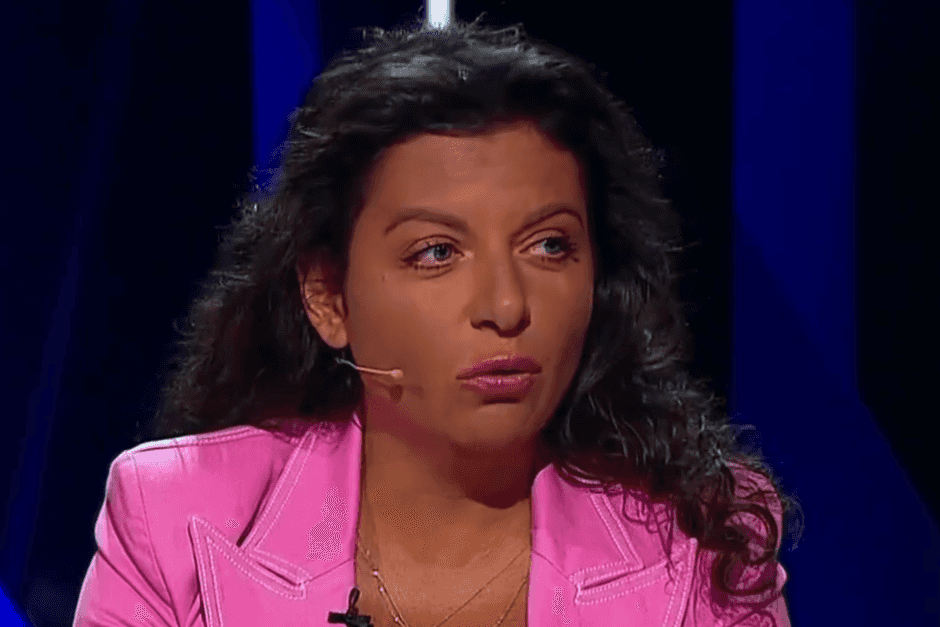![A snapshot of life along the Azerbaijan–Armenia border [In photos]](/_next/image/?url=https%3A%2F%2Foc-media.org%2Fcontent%2Fimages%2Fwordpress%2F2019%2F12%2Fsaferworld-logo-e1501837148148.jpg&w=3840&q=90)
![]() Communities on both sides of the border separating Azerbaijan and Armenia are vulnerable to shootings and landmines on a daily basis. Together with partner Humanitarian Research Public Union, Saferworld supported a photographer to travel to border communities on the Azerbaijan side to teach two villagers the basics of photography so they could raise awareness of the challenges faced by local people. A similar project was also carried out on the Armenian side of the border.
Communities on both sides of the border separating Azerbaijan and Armenia are vulnerable to shootings and landmines on a daily basis. Together with partner Humanitarian Research Public Union, Saferworld supported a photographer to travel to border communities on the Azerbaijan side to teach two villagers the basics of photography so they could raise awareness of the challenges faced by local people. A similar project was also carried out on the Armenian side of the border.
Zamin is a teacher who lives in Tovuz in Azerbaijan, only a short distance from the border with Armenia. Adding to the usual pressure of teaching young children, he also worries that stray bullets may come through the classroom windows or that sniper fire could disrupt the commute to school. For the last few decades, Armenia and Azerbaijan have been at war over the disputed Nagorno-Karabakh region, which both sides claim as their own. Life along the international border, less than a hundred kilometres west of Nargorno-Karabakh, is fraught with tensions as well. ‘Living in a border village, close to a conflict zone, is totally different from ordinary life’, he said. ‘We have to adapt to extreme conditions.’
‘The main problem is the shootings’, said Ahad, a resident of Gazakh, another border village. ‘Whenever people take their cattle to the fields to graze them, they can be shot at. Sometimes the cattle cross over into Armenian territory and cannot be retrieved, or are shot or step on landmines. This makes it difficult for people to earn a living.’
To learn more about life along the Azerbaijan–Armenia border and to raise awareness of the conflict, Saferworld — together with Azerbaijan-based partner Humanitarian Research Public Union — commissioned Ahmed, a Baku-based photographer, to travel to these communities and train local villagers on the basics of photography.
‘We wanted to get a clearer picture of what life is like for these border communities, told from their own perspectives’, said Natia Nadiradze, Saferworld’s Caucasus Project Manager. ‘We had already interviewed many of the residents for our research, but photography paints a different picture. And it’s a much better way to connect with people who don’t know much about the conflict and haven’t visited the region.’
Having already worked with border communities in the past, Ahmed was happy to take on the job. ‘We invited around 20 people to the first training — from Tovuz, Gazakh and surrounding villages’, he said. ‘I started by finding out more about their previous experiences with photography, and then went over some basic skills and tips. At the end of this first lesson, I gave them an assignment to send me photos with captions every day. Most of them had to drop out of the training because they couldn’t dedicate enough time to the project, so we ended up focusing on Ahad and Zamin, who were some of the most enthusiastic and passionate of the group. They sent me dozens of photos to work with. I then began to provide them with more in-depth training materials.’
‘I am raising awareness about the lives of people living in border villages, which is very interesting for me’, said Zamin. ‘Because I am a teacher, I have focused more on life for school children. I hope to show the joy and sorrow of children living along the border.’
‘I wanted to take pictures of villagers going about their daily lives, and put a human face to the long-standing conflict’, said Ahad, the other trainee. ‘Mainly harvesting, collecting potatoes and fishing. I also wanted to highlight some of the security problems, so that’s why I took photos of the bulletproof walls around the villages as well as houses damaged during the war.’
‘Ahad and Zamin really impressed me with their skills and enthusiasm’, said Ahmed, the trainer. ‘I told them that if they wanted to get good photos they needed to change their angles and think about lighting. I really saw how they took this advice on board over time, and they produced some excellent photos as a result.’
In between trainings, Ahmed kept in touch with the participants through social media. Villagers would post the photos they had taken recently to a private group, and Ahmed would provide feedback on what they had done well and where they could improve.
The photos have now been exhibited in Azerbaijan, Georgia and in Brussels, Belgium — where many EU institutions are based — and have been seen by authorities, civil society groups, EU member states as well as international organisations like the European Commission and the United Nations. A similar Saferworld-supported project on the Armenian side of the border in which school children were taught photography skills and provided with cameras was also exhibited in Yerevan, Armenia. Attendees mentioned that if it were not for the captions, it would have been difficult to know on which side of the border the pictures were taken.
‘I hope that the photos I took will help raise awareness of life of people living in border villages’, said Ahad. ‘And on a personal level, I want to continue to learn about photography because I want to do it professionally.’
As for Ahmed, he has high hopes for his trainees. ‘I think they could continue to train others in their communities — perhaps as part of school classes’, he said. ‘I also hope that in the future, they can connect with media who might be interested in using their photos. They have an advantage, because they are local residents and people know them — and they also don’t have to get special permission from the authorities.’
Zamin also hopes to continue learning about photography. ‘My goal is to be a professional photojournalist to show the effects of conflict on people’s lives. We are humans — we also live and exist. Knowing that people can see us and the challenges we face gives me hope.’
View the full gallery below:
14-year-old Panah lives in Aghdam village in Azerbaijan, near the border with Armenia. Because of a lack of potable water supply to the town, Panah says that he often has to travel long distances on his donkey – sometimes for up to an hour – to collect water for the family. As a result of the conflict, many formerly shared resources such as water supply networks and irrigation systems are now more difficult to access for villagers. In some cases, they have been cut off altogether when the source of water comes from the Armenian side of the border. (Zamin Askerov, Tovuz)

Bakhtiyar Hidayat works outdoors on a sunny day. Bakhtiyar is a well-known writer and teacher in Gazakh. He had to leave his hometown of Yukhari Askipara when it was occupied by Armenian forces. He currently lives in Narimanov. In addition to his farm work, he also writes and publishes poetry. (Ahad Askerov, Gazakh)

Children in Tovuz village get together after school to make their chores more enjoyable. Local children often help their families with farming and other tasks after their studies. (Zamin Askerov, Tovuz)

The Aghstafachay water reservoir in Jafarli village lies on the border between Azerbaijan and Armenia. Nicknamed ‘Vilvan’, it is a water source as well as a popular fishing spot. Some border villages have faced hardships when waste dumped in lakes caused contamination and pollution. (Ahad Askerov, Gazakh)

Sarkhan, a local fisherman in Jafarli village, with his boat. Because lakes and reservoirs in the disputed territory are open spaces with few places to take cover, they can be dangerous spots to be caught out in during shootings — making work like Sarkhan’s especially risky. (Ahad Askerov, Gazakh)

Jafarli village in Gazakh is located on the border with Armenia. The community used to have strong trading relations with neighbouring Armenian villages during the Soviet era. Now they are separated by land mines and have no contact. There have been a number of cases of farmers or other villagers accidentally detonating the mines while going about their day-to-day business — resulting in injuries, amputations and even death. (Ahad Askerov, Gazakh)

Residents of Farahli village largely make a living through cattle-breeding and farming, despite the dangers these activities can pose in this area. Apart from physical security, one of the main concerns of border village residents is disruption to their livelihoods. Because of shootings, landmines, weak infrastructure and lack of utilities, there are few opportunities for farming, with villagers often struggling to provide for their families. (Ahad Askerov, Gazakh)

The Aghstafachay water reservoir in Jafarli village is used for irrigating crops in the Gazakh and Aghstafa regions. Disruptions to irrigation networks caused by the conflict have driven some to give up farming and look for other employment.(Ahad Askerov, Gazakh)

Not everybody has access to the lake for their own safety and security. In order to go fishing, many need to get permission from the local executive authority. (Ahad Askerov, Gazakh)

Residents of Jafarli gather in a chaykhana — literally ‘tea house’ — and play dominoes. This game often accompanies tea time, and can be a scene of animated discussion. (Ahad Askerov, Gazakh)

The children of Farahli and other border villages have always lived with insecurity and the danger of shootings, landmines and other disruptions to their lives. They cannot remember a time when it was any other way. Despite current tensions, during Soviet times Armenia and Azerbaijan were on friendly terms. People used to cross the border for work, trade or to see friends. (Ahad Askerov, Gazakh)

Neighbours used to hope that the owners of this house – which was destroyed and then abandoned during the war in the early 90s — would return. In addition to the tens of thousands killed in the war, over a million people were displaced. Many of the houses that were damaged have fallen into disrepair due to the costs of repair and maintenance. (Ahad Askerov, Gazakh)

Aykhan is seven years old and is studying in the 1st grade of his primary school in Garapapag village. He helps out his community by chipping in on public works, and receives good marks at school. (Rafiq Muradov, Gazakh)

Throwing stones with the ragatga — or slingshot — is one of the favourite games of many local boys. (Zamin Askerov, Tovuz)

Sometimes while grazing his livestock, 14-year-old Panah from Aghdam village takes a break by trying to catch fish in the river. He hasn’t had much success with the rod, but can sometimes catch them by hand. (Zamin Askerov, Tovuz)

Harsh economic conditions have forced some residents in border communities to postpone their retirement. This elderly woman works at the Haji Mahmud Afandi tomb in Aslanbeyli village. She takes whatever money she earns at the sanctuary back to her family. (Ahad Askerov, Gazakh)

Gurgan is four years old. His family was originally from Yukhari Askipara village, but were forced to move to Narimanov settlement for internally displaced people during the war. Because his parents are both teachers, his siblings often take care of him while they are away.

Jafarli residents often have to work in the fields to earn a livelihood, in spite of the danger to their lives. During the planting seasons, they are often too busy with work to dwell on the threats posed by landmines and gunfire. (Ahad Askerov, Gazakh)

A potato field near Jafarli village. Villagers who work from 7am until 10 or 11pm earn about ₼10 per day — the equivalent of almost $6. Farmers can sometimes be targeted by snipers while working the fields, making it difficult to be productive and earn a living. (Ahad Askerov, Gazakh)

Harvesting is a community affair. Everyone, regardless of age and profession, goes to help out in the field together. (Ahad Askerov, Gazakh)

A truck empties firewood that has been cut for the winter. Mughdat Kishi, from Chayli village, hoped for a warmer winter than the last. Villagers often help each other prepare for winter by making sure everyone has enough wood to last for several months.

A road from Farahli village, often used to transport crops. This road is largely used for security reasons — in order to avoid Armenian military outposts that can fire upon passing cars. However, the road is unpaved and so can be very difficult to use when it rains.

60-year-old pensioner Mughdat Kishi lives in Chayli village. He collects firewood from November every year to prepare for winter as gas is too expensive. There have been cases of gas pipelines being damaged by gunfire, meaning that villagers have to rely on firewood when they are unable to heat their homes.

Children play in the Jafarli school playground. Children are one of the most vulnerable groups in border communities. Many parents are deeply concerned about the danger their children are exposed to while travelling to and from school, or when playing outside. Even at school, pupils can be in danger of being hit by stray bullets if they are too near a window or doorway that faces military outposts.

Local children play in areas surrounded by walls and fences. A sign behind the children reads ‘Danger! Mines!’ Residents say that an increasing number of children suffer from neuroses and trauma as a result of the shootings. They believe that child psychologists should be assigned to the villages in response. (Ahad Askerov, Gazakh)

Children play on a swing set within a safe zone of the village. Schools can often be vulnerable to shootings from military outposts — either when purposefully targeted or accidentally caught in crossfire — so many villages have set up safe zones where children can play freely without worrying about stray bullets. (Ahad Askerov, Gazakh)

Children study. Aghdam village is located on the front line of the border. The sound of gunfire is common, but students are determined to attend classes and push on with their studies. (Zamin Askerov, Tovuz)
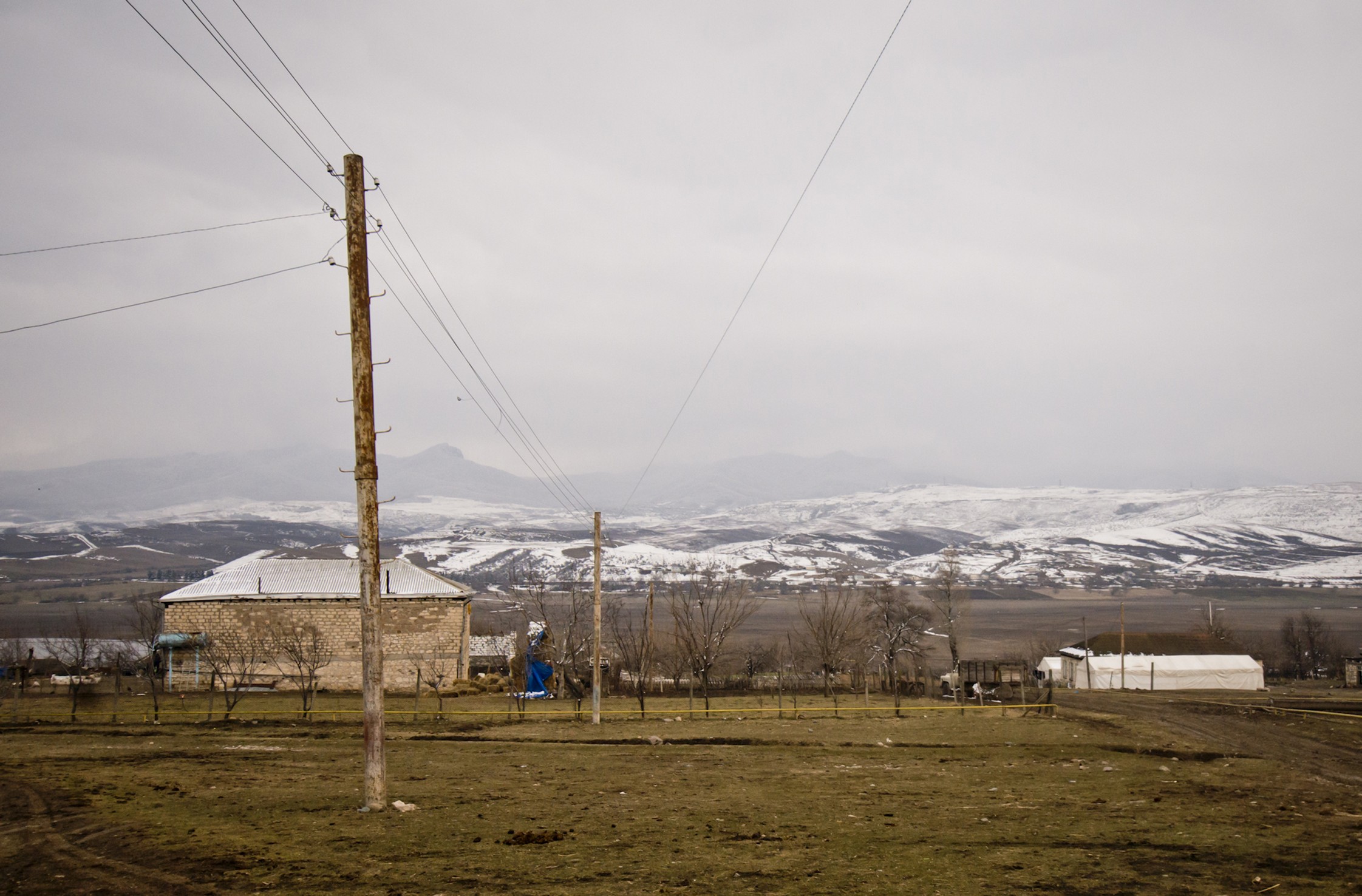
Jafarli village is located near several Armenian villages. Residents used to travel between them frequently, but now they are unable to due to the long-standing conflict between the two countries. (Rafiq Muradov, Gazakh)
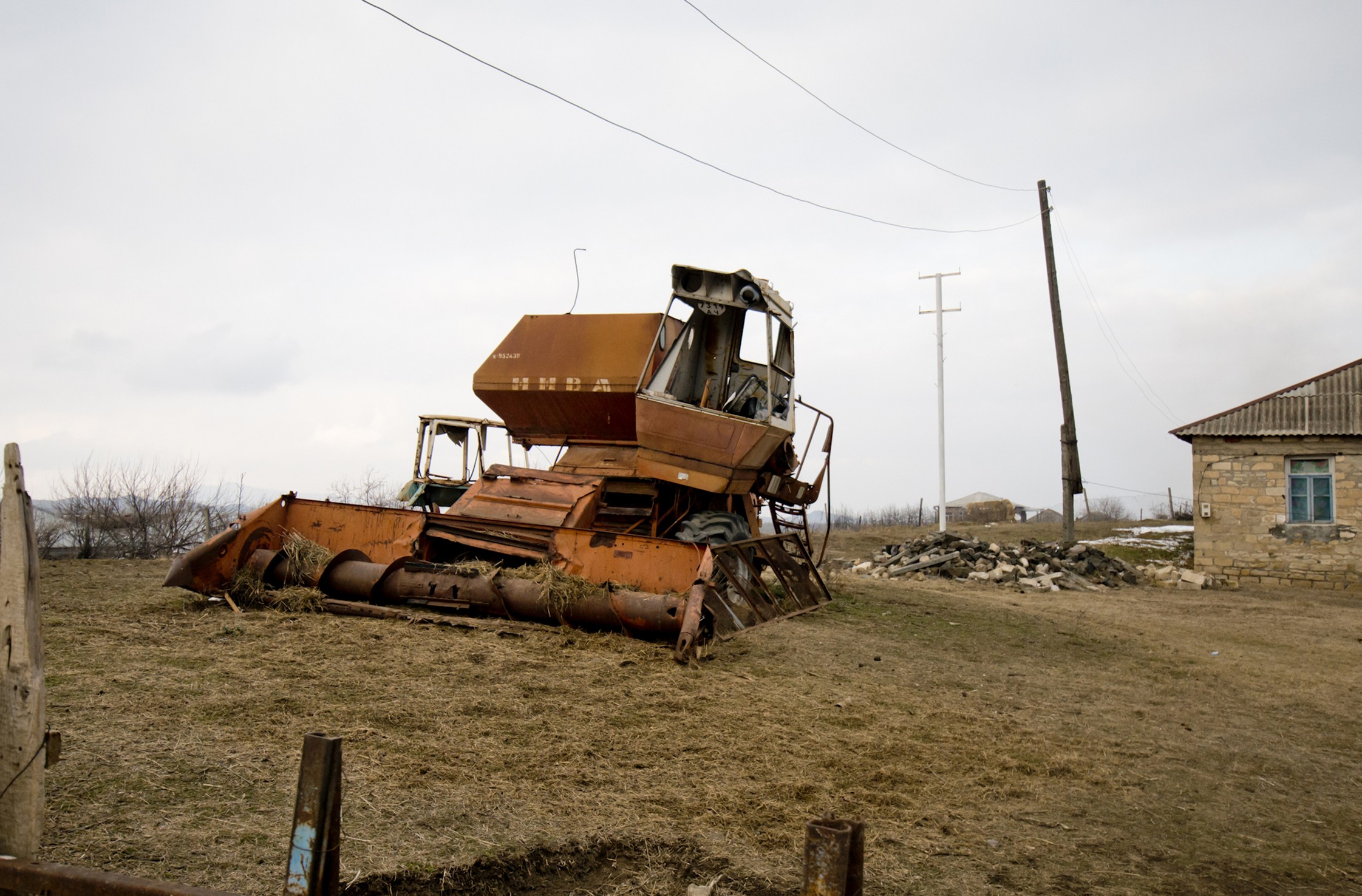
A combine harvester from Soviet times no longer works, but nevertheless remains in its owner’s yard in Jafarli. (Rafiq Muradov, Gazakh)
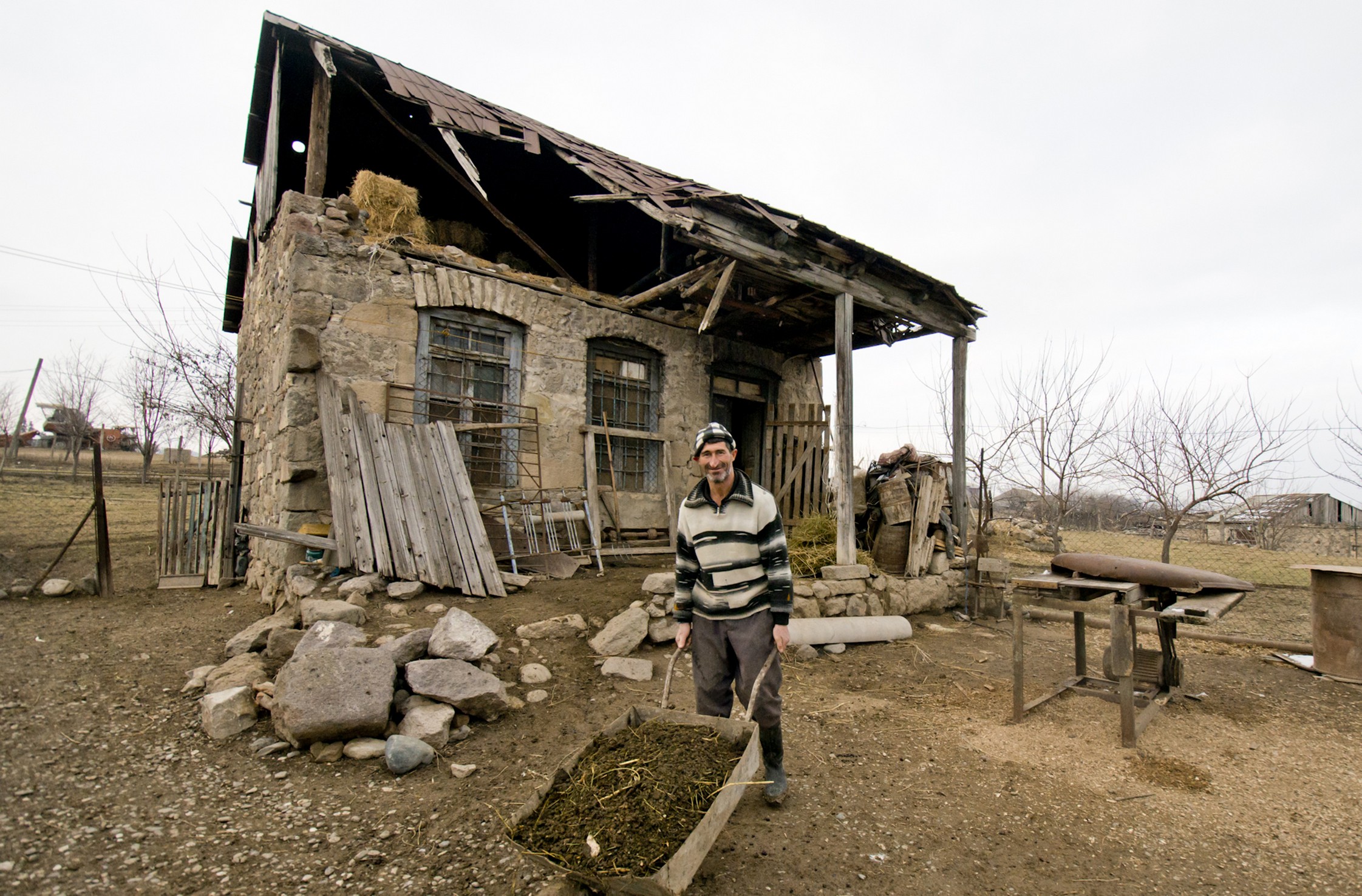
The roof of a stable where livestock were once kept now looks close to collapse after it was hit by shelling. (Rafiq Muradov, Gazakh)

An abandoned house close to the border. Residents do not usually bring their livestock this far out to graze, as it can be dangerous because of shootings and landmines. (Zamin Askerov, Tovuz)

The schoolyard of Aghdam village is beautiful and green by May. However, regardless of the season, its proximity to military outposts means danger for its residents. (Zamin Askerov, Tovuz)

Domesticated animals, such as donkeys, are invaluable for farmers and other villagers. However, sometimes animals can be shot by snipers or step on landmines. This can be a substantial loss for families who depend on them for their work. (Zamin Askerov, Tovuz)

Every day, Mehdi takes his cattle to drink at the artesian wells on the outskirts of Aghdam village. He also collects water for home use. (Famil Mahmudbayli)

Gunel, five, looks forward to her day at school. Schools can often be vulnerable to shootings from military outposts, either purposefully or accidentally, so many villages have set up safe zones where children can play freely without worrying about stray bullets. (Famil Mahmudbayli)

In Aghdam village, gas provision has made firewood less crucial than in previous winters. However, gas pipelines have at times been damaged by gunfire, meaning that villagers rely on firewood when they are unable to heat their homes. (Famil Mahmudbayli)

12-year-old Murshud likes to stay warm in the car with his friends when the weather gets cold. (Famil Mahmudbayli)

Rasim is a student who helps his parents with chores and likes to spend time with his most trusted companion. (Famil Mahmudbayli)

Esmira of Aghdam village said that although the soil is fertile, a lack of irrigation water means she cannot farm. Disruptions to irrigation networks caused by the conflict have driven some to give up farming and look for other employment. (Famil Mahmudbayli)

Although the windows of the house are broken, this family has never thought about leaving their village. The family living here are cattle-grazers, but have found it difficult to work because of shootings and landmines. On previous occasions, stray bullets have hit some of their cattle. (Famil Mahmudbayli)
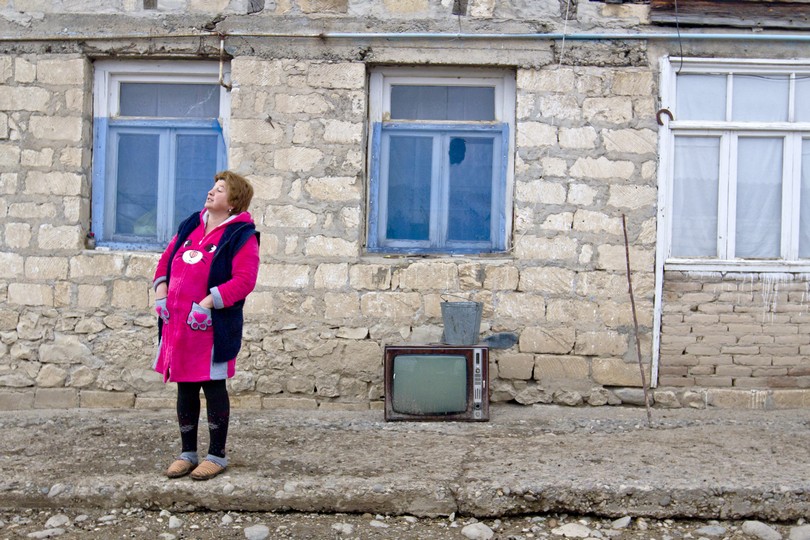
A television sits out on the pavement of a border village. Many local residents have mentioned that they get more attention from the media when there has been a particularly violent or destructive episode, such as a shooting that injures or kills multiple people. Many of them hope for a more proactive and preventive approach that will help protect them from future incidents. (Famil Mahmudbayli)
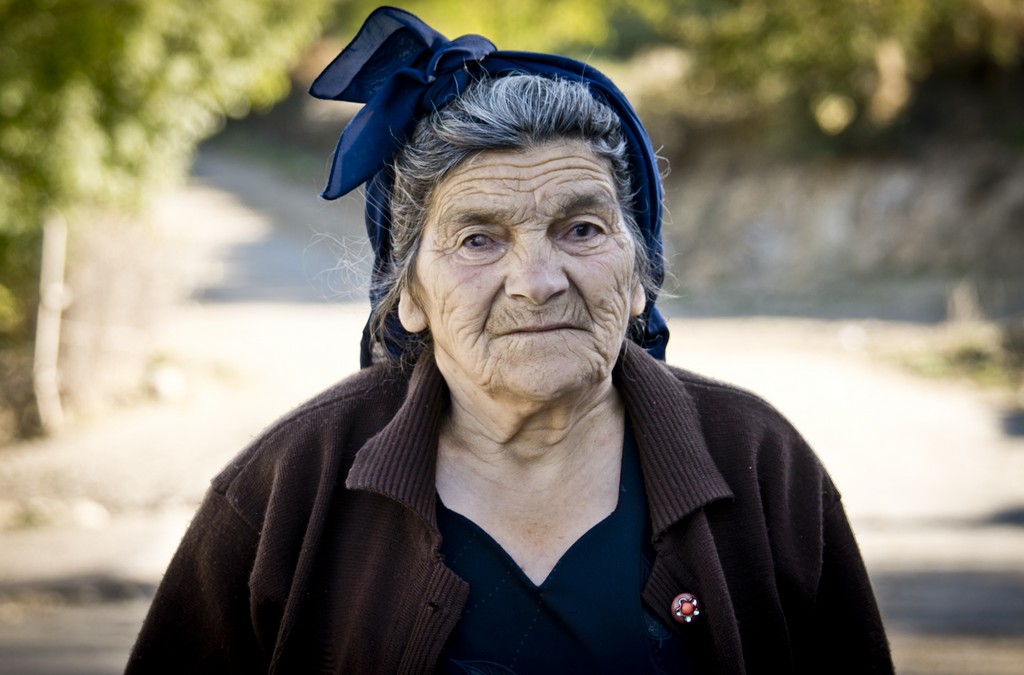
A woman from Gushchu Ayrim village poses for a photograph. This village in Gazakh is surrounded on three sides by Armenian military posts. However, emigration from the village is relatively low, suggesting that people are reluctant to leave their homes despite the danger. (Ahmad Mukhtar)
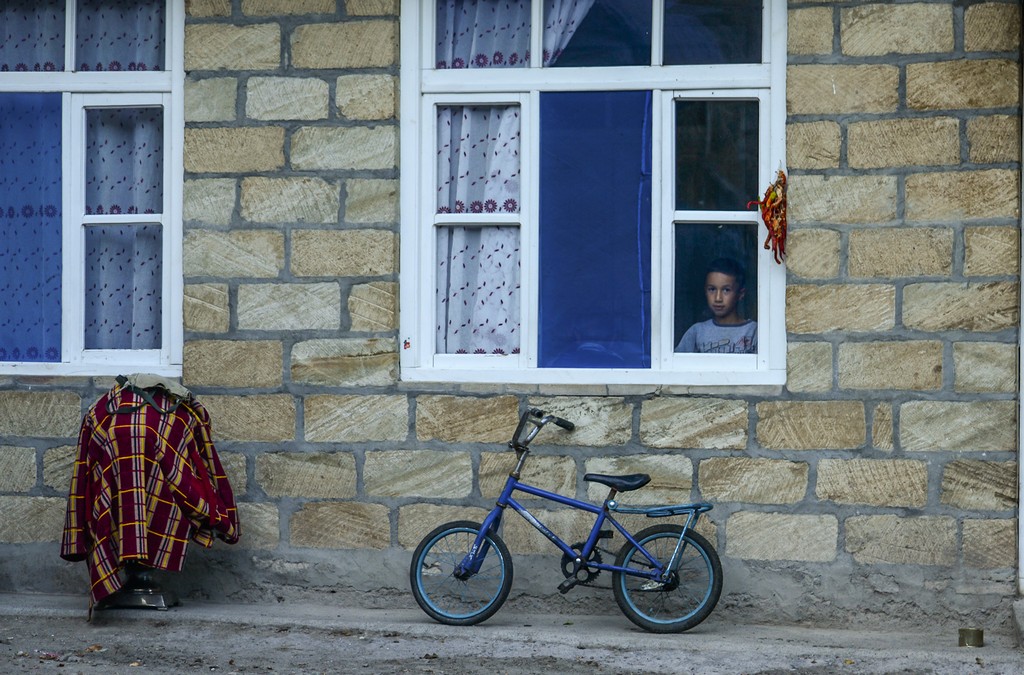
A girl looks out. Children stay either at home or take cover when they hear gunfire. (Ahmad Mukhtar)
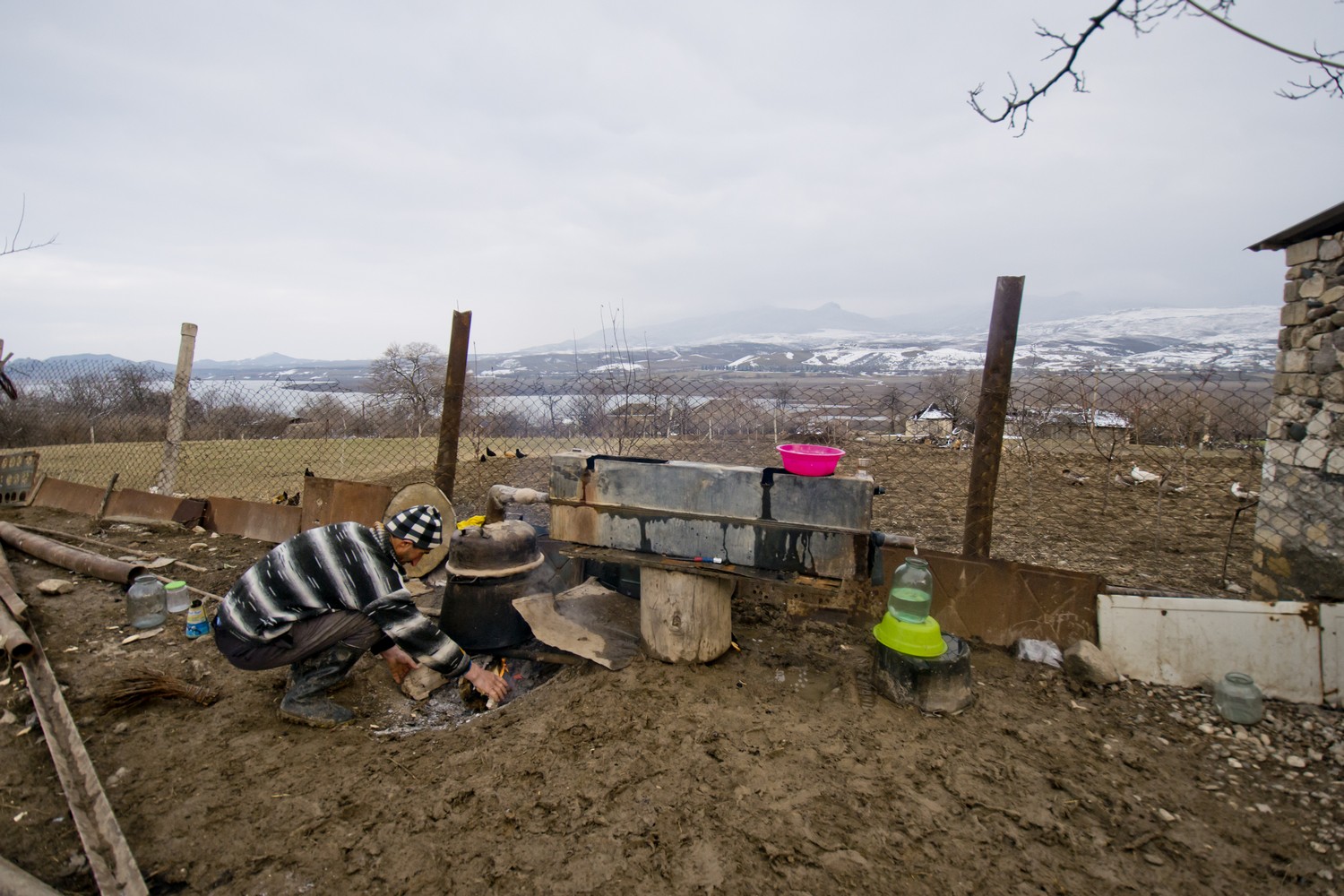
The Gazakh region is famous in Azerbaijan for its home-made vodka (made from a number of fruits). Namig, who lives close to the border, makes alcohol in his garden. (Ahmad Mukhtar)
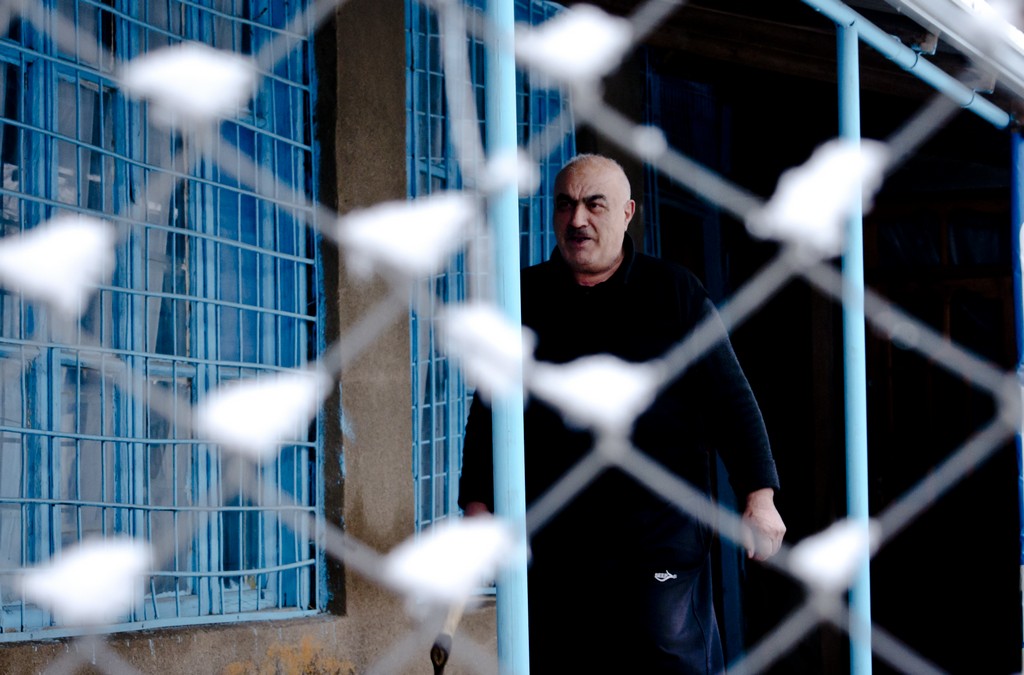
Aghdam resident Aziz does not blame Armenians for the Nagorno-Karabakh conflict. He believes that the violence is a result of politics. (Ahmad Mukhtar)
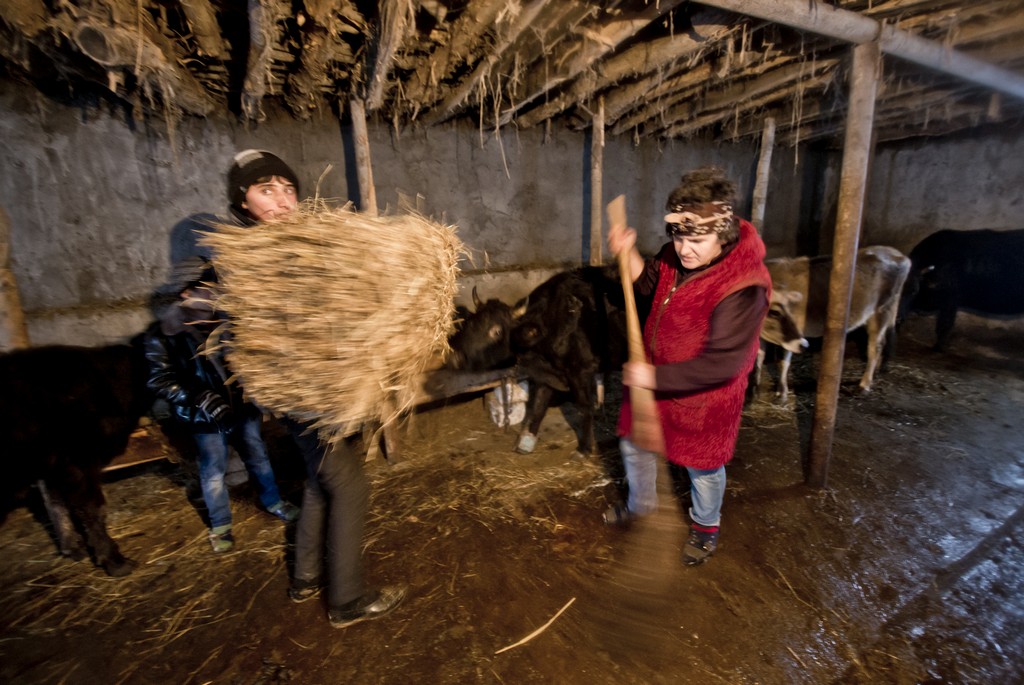
The Hamidov family make a living by breeding cattle. (Ahmad Mukhtar)
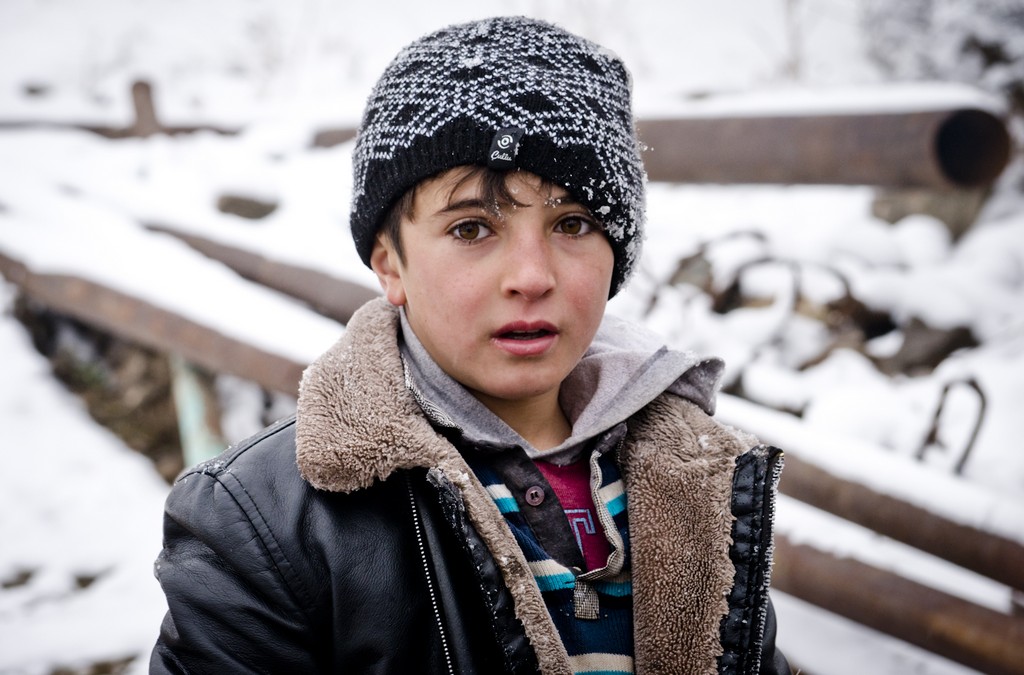
Aghdam resident Ramiz helps his mother with housework and farming. (Ahmad Mukhtar)
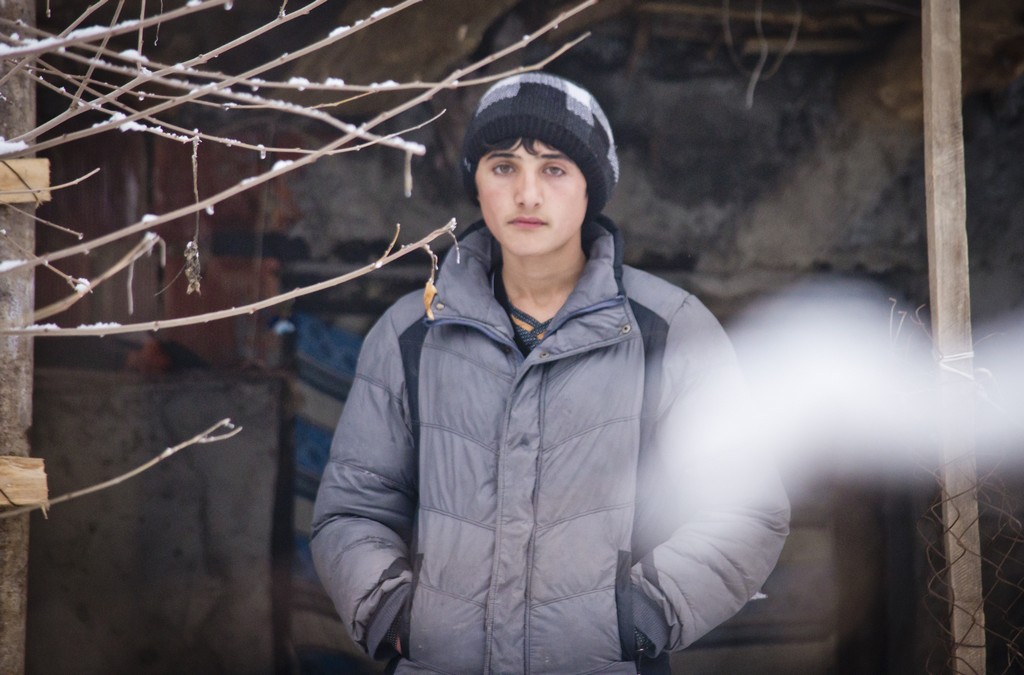
Hasan is the eldest son in his family and takes on some of the more labour-intensive chores. (Ahmad Mukhtar)
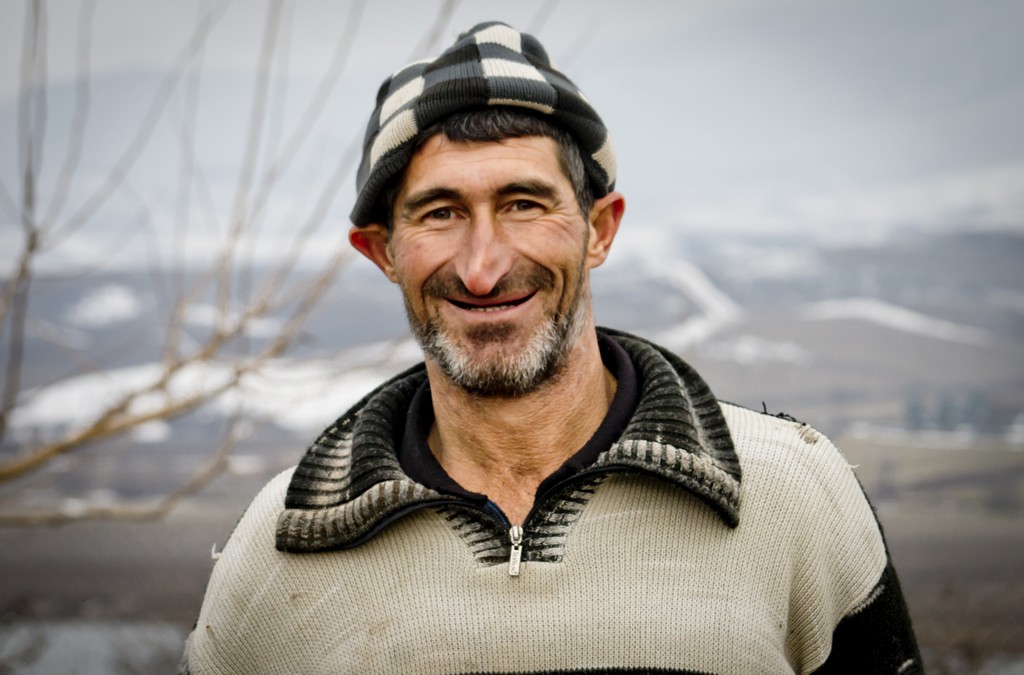
Namiq is known as a fisherman in the village, but he also dabbles in cattle-breeding and agriculture. (Ahmad Mukhtar)
The participatory photo project was part of a wider Saferworld cross-border community security effort that brought together community representatives from both sides of the international border to discuss common challenges, build understanding and come up with potential solutions. The resulting recommendations were directed at a range of actors — from politicians and local authorities to national media and international organisations.

